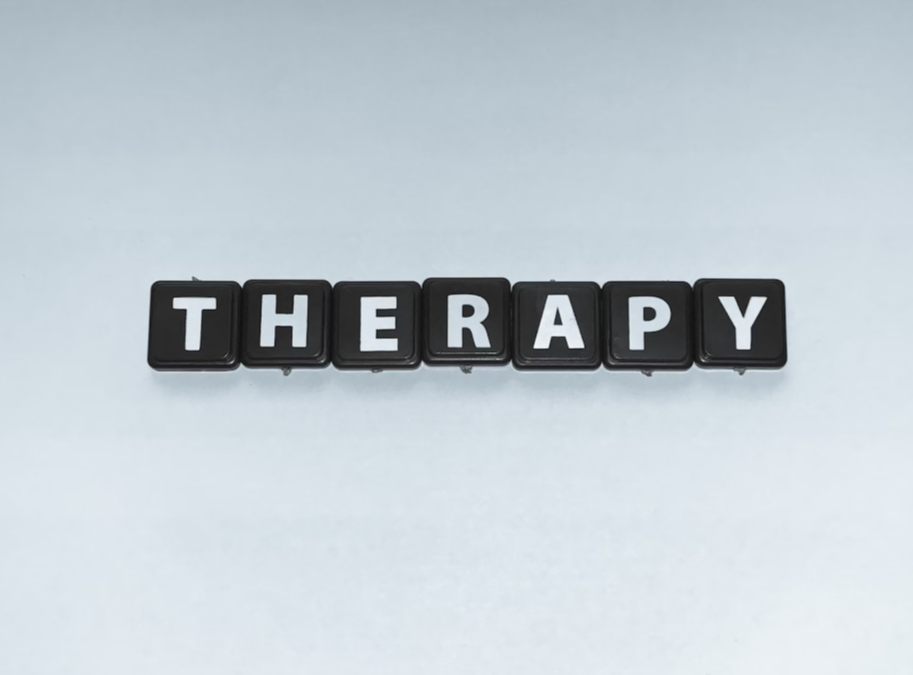
How Long Does It Take to Notice a Difference During EMDR Therapy?
Starting EMDR therapy is like queuing for a rollercoaster—equal parts “Let’s do this!” and “Whose idea was this, anyway?” You’re probably thinking, “How long before I feel the relief—or at least stop freaking out?” If you’re gearing up for EMDR (Eye Movement Desensitisation and Reprocessing), let’s break it down. Spoiler: It’s not a magic wand, but it’s a wild ride you’ll be glad you strapped in for.
EMDR: Therapy’s Version of a Brain Boot Camp
Think of EMDR as a mental CrossFit class—tough but worth it. It’s designed to tackle those memories that pop up at the worst times, like an uninvited guest who just won’t leave. Unlike traditional therapy, where you chat your traumas to death, EMDR uses bilateral stimulation (cue eye movements, taps, or sounds) to help your brain finally “digest” what’s been haunting you. It’s like unclogging a sink—messy at first, but way more satisfying once things start flowing.
Results vary. Some people see progress faster than a bingeworthy Netflix show, while others need a few seasons to really get into it. Your timeline depends on your trauma, your backstory, and how committed you are to showing up and doing the work.
Warm-Up: Stretching Before the Emotional Marathon
Don’t worry, you’re not diving into the deep end of your trauma on day one. The first sessions of EMDR therapy in Melbourne are more like warm-ups—a little stretch before the heavy lifting. You and your therapist will scope each other out, dig into your history, and figure out which memory monsters to tackle first. Bonus: This is also when you’ll stockpile coping skills and relaxation hacks. Sure, it’s not the fireworks-and-tears part of healing yet, but you’ll feel more grounded and supported. Think of it as laying the blueprint before building your emotional penthouse.
The Main Event: Doing the Trauma Tango
Here’s where the real action begins. In the heart of EMDR, you’ll revisit distressing memories while doing things like following a moving finger or listening to alternating sounds. Sounds unique? It is. But trust the process—this is the juicy part where the magic happens. Over time, those memories that once felt like a gut punch start to feel… ok. For some, relief comes quickly. For others, it’s more like waiting for pizza delivery: slow but totally worth it. Remember, healing isn’t a sprint—it’s more like an interpretive dance. Go with the flow.
The Big Finish: Wrapping It All Up
As your EMDR journey winds down, it’s time to lock in all those big wins. Integration sessions focus on cementing your progress and getting ready for life’s next challenges (aka “future boss levels”). At this point, many people say they feel lighter, calmer, and like the main character in their own story. It’s like graduating from emotional middle school to full-blown adulthood—new challenges, but with better tools (and fewer awkward moments).
Read more: PT Career Opportunities: Where Tech Meets Physical Therapy
Signs It’s Working: The Glow-Up
Healing isn’t linear—it’s more of a cha-cha with a few missteps. But there are clear signs EMDR is doing its thing. Those all-consuming memories? Old news. Triggers that used to send you spiralling? Background noise. You might find yourself handling stress like a Zen master, showing yourself a little more kindness, and sleeping better (hello, sweet dreams). Bonus points if your focus is sharper, or you’re just vibing with life a little more.
So buckle up, trust the process, and bring a touch of patience. EMDR might not flip your world overnight, but it’ll leave you feeling freer, lighter, and ready to take on whatever comes next. Healing doesn’t have to be all gloom and doom—sometimes, it’s just a weird, wonderful ride with a side of humour.




